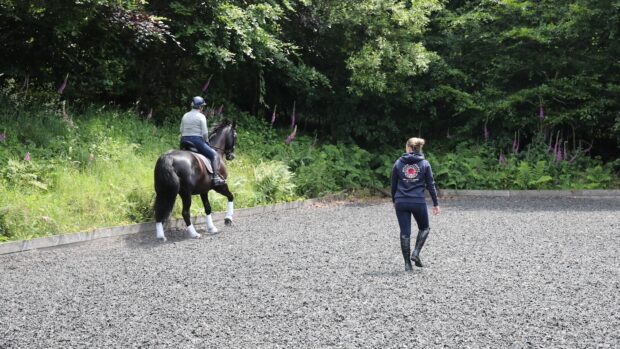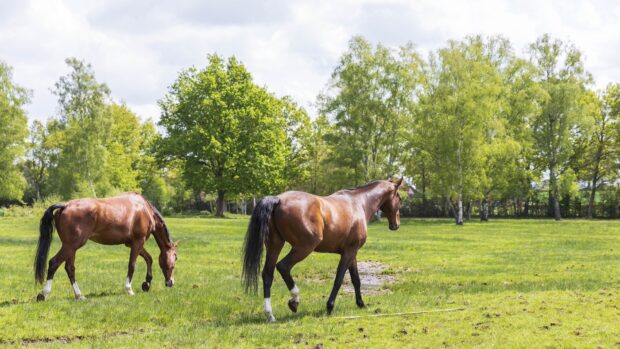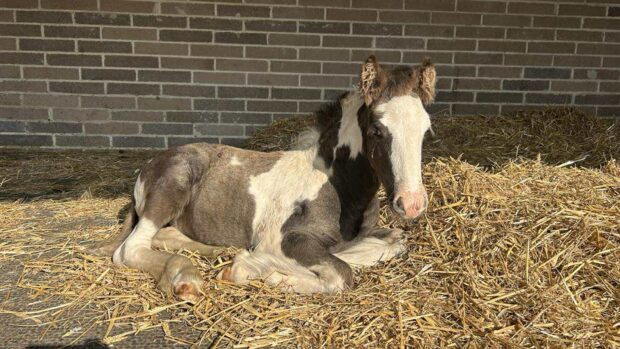All of us can play a part in ensuring equestrianism benefits rather than harms the environment – which will help secure a future for our sport.
This was the main message at the 2023 World Horse Welfare conference on 9 November, the theme of which was “Horse and the environment: friend or foe”.
Charity CEO Roly Owers said it was a topic “that may not immediately seem to relate to equine welfare”.
He said: “In many industrialised countries, land is managed for horses taking part in sport or leisure, but at what cost to the environment? We ride on roads and compete in arenas with all mod cons and extensive parking. We drive them many miles or fly them across the world.
“We put them on paddocks, often covered with a monoculture of lawn-like grass, sometimes using artificial fertilisers or pesticides, or remove trees and hedges and keep what’s left so tidy there’s no place for nature to blossom.”
Mr Owers spoke of building yards, using large amounts of water and administering medicines and wormers, “too often unnecessarily”, which pass on to contaminate the environment.
But, he said, horses can have a huge benefit to the environment, in areas such as conservation grazing and work in sensitive environments that vehicles would damage, to name just two.
“Governments have a role in creating a more sustainable world but much, much more is up to us,” he said. “Every horse owner can and must be agents for change. The world changes when we choose to change attitudes and behaviour and there’s plenty we as individuals can do now.
“We all share one future. ‘One welfare’ is important for maintaining public acceptance, our social licence, for all activities with horses. We will be judged by society by how we treat our horses, on how environmentally sustainable our activities are, and by becoming more inclusive.
“All of us here today can influence the future. We’re all in the same herd. Together, we can help ensure horses and humans play a part in effecting real positive change for the environment.”
Ruth Dancer, director of environmental sustainability specialists White Griffin, addressed the environmental impact of horse sport.
Ms Dancer told of meeting a man who asked if she and her client were nature lovers, to which the client said yes, they were equestrians.
“Without missing a beat, the man said, ‘That’s a no then,’” she said. “It’s frustrating that the sport with the most connection with nature is perceived as that.
“The horse is good for the environment; perhaps where we’re going wrong is forgetting its job in nature and giving it the name of the athlete.”
White Griffin has worked with the British Horseracing Authority, and British Equestrian and its member bodies, on the impact and environmental sustainability of horse sports. Ms Dancer said there are four main areas to consider.
“We clearly have an impact on climate change,” she said. “We have issues worldwide with water shortages, resource use and production and removal of waste and huge biodiversity loss.”
Ms Dancer said like all sports and industries, equestrianism has an impact in all these areas. She cited varied issues such as generator use, on which events rely, the “very water-intensive” surfaces we ride on, the land used for production of feed and bedding, the amount of plastic used, especially in supplements, and the fact our land use can be detrimental.
But “we only really talk about one thing, transport,” she said.“I’m not saying the way we transport horses isn’t a problem, but more important is the point that we’re more than just a horsebox. By focusing on that, we miss out on a huge area of opportunity.
“I see nothing but opportunity; fences that could be complemented by hedgerows, empty fields that could be complemented by trees. We as a sport are the ones that could make a substantial difference.”
Ms Dancer said that a sustainable sport will be attractive to potential sponsors and that a healthy environment and healthy horses are interconnected. Action that every horse and yard owner can take range from not leaving the yard tap on and switching lights off, to planting trees, hedges and wildflower meadows, and putting in rainwater harvesting. Everyone can think about what their impact is and what is in their control to change, by recycling, composting, rotating fields and using less plastic.
“All of this is wrapped up in social licence,” she said. “Social licence isn’t just about horse welfare, it’s about a licence to operate and increasingly, that includes the environment. We can’t be seen to be damaging the environment. By putting sustainability at the heart of what we do, we help create the horse-human-planet relationship for future generations.
“Our sport can be a beacon for biodiversity and creating a healthy environment, not despite horses’ being in it but because of that.”
You might also be interested in:

Scientists calculate horses’ carbon hoofprint: why it’s important and what owners can do now
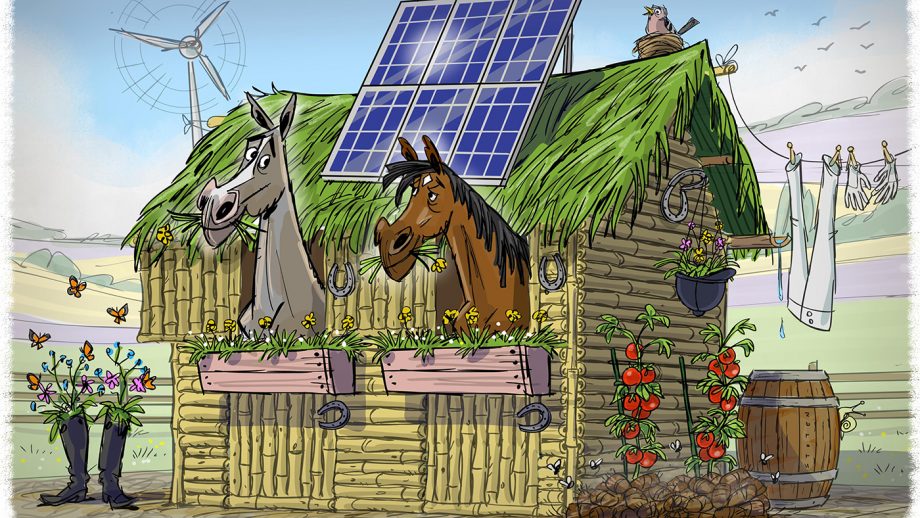
Ways to create an eco-friendly stable yard
Stephanie Bateman investigates how to build or adapt stables on a low carbon footprint and why constructing a yard need
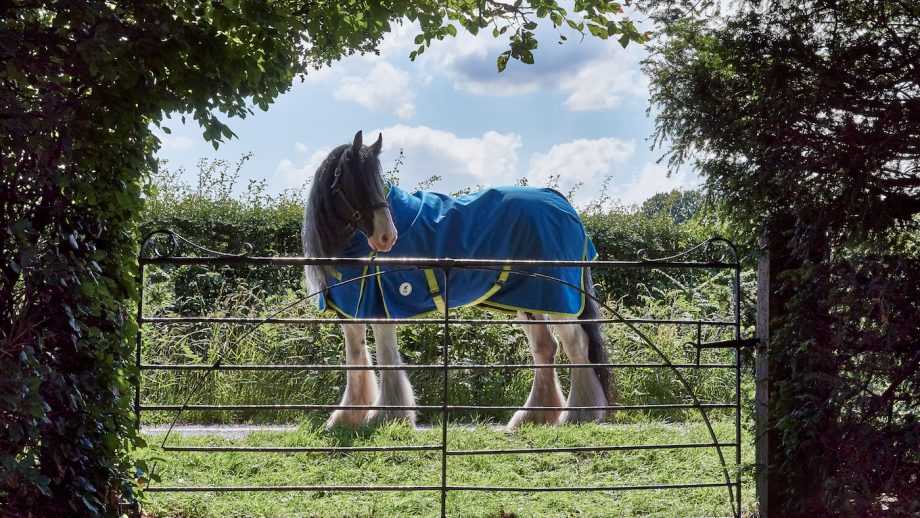
New eco-friendly turnout rug made from 110 plastic bottles
“This is a unique offering and one that might just act as the gear change the industry needs”

Subscribe to Horse & Hound magazine today – and enjoy unlimited website access all year round
Horse & Hound magazine, out every Thursday, is packed with all the latest news and reports, as well as interviews, specials, nostalgia, vet and training advice. Find how you can enjoy the magazine delivered to your door every week, plus options to upgrade your subscription to access our online service that brings you breaking news and reports as well as other benefits.


